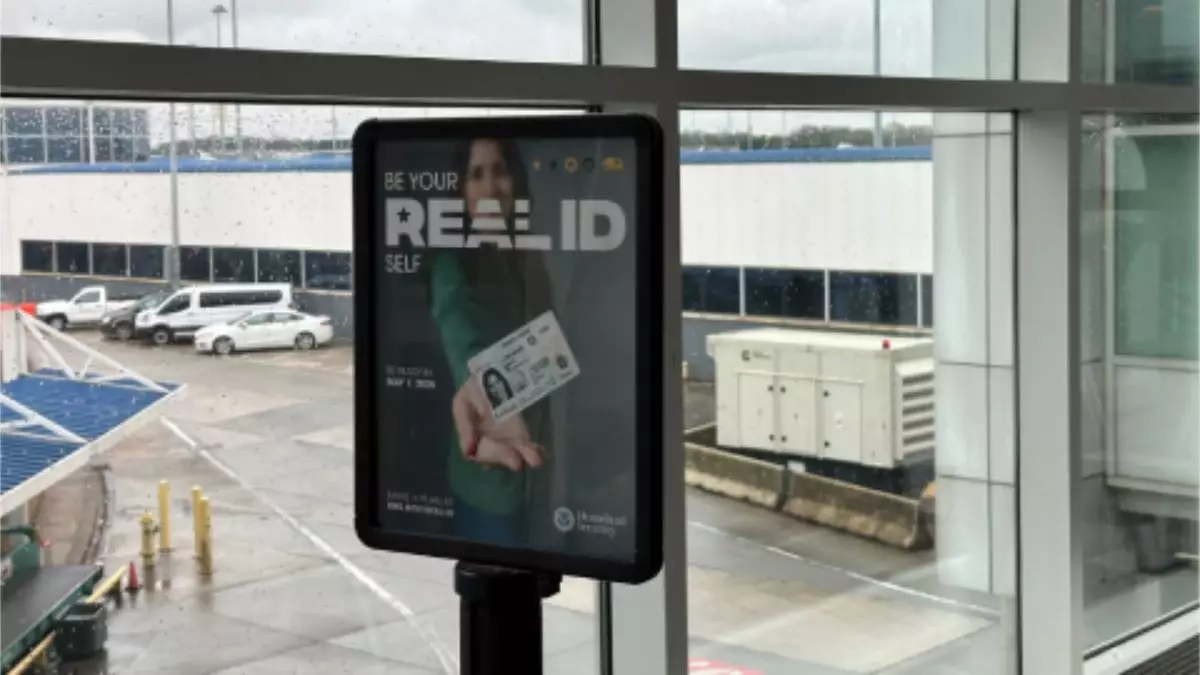On Thursday, the U.S. Transportation Security Administration (TSA) announced a significant proposal regarding the implementation of the Real ID program, extending the deadline for full enforcement to May 5, 2027. Initially, the Real ID program was set to begin on May 7, 2025, following years of delays, with the original legislation enacted by Congress back in 2005. This recent shift will likely have profound implications for travelers across the country, especially as federal agencies, such as TSA, prepare for the transition to stricter identification requirements at security checkpoints.
Implemented to enhance national security, the Real ID program mandates that all driver’s licenses and identification cards meet specific federal standards. After the enforcement date, non-compliant IDs will not be accepted at federal facilities or during air travel, creating a pressing need for individuals to obtain a Real ID if they wish to avoid problems at airports. The TSA’s proposed rule allows for flexibility in enforcing these regulations leading up to the 2027 date, but uncertainty still looms around how strictly these rules will initially be applied.
Uncertainties Ahead: Will Travelers Be Turned Away?
With the proposed rule pending approval, passenger experiences at security checkpoints may vary significantly based on their compliance with Real ID standards. There remains a possibility that travelers without a Real ID after the initial May 7, 2025, deadline could face delays and complications. While TSA Administrator David Pekoske has emphasized the importance of public collaboration and smooth transitions during this period, the reality remains that individuals traveling without proper identification could still encounter setbacks. As a precaution, it is wise for travelers to secure a Real ID ahead of the deadline to ensure a hassle-free experience.
The delays consequent to the Real ID program underscore larger concerns regarding national transportation security and the complexities involved in implementing such initiatives. The Department of Homeland Security had previously postponed the implementation from May 2023 to May 2025, illustrating the challenges presented in rolling out nationwide standards for identification. The impact of these changes extends beyond just air travel; there are implications for interactions with state agencies, access to federal buildings, and more.
Conclusion: The Path Forward
Navigating the landscape of changing ID requirements necessitates proactive preparation from travelers. With the extended deadline and the potential for phased enforcement strategies, now is the time for individuals to educate themselves about the Real ID program and pursue compliance. While flexibility in enforcement might alleviate immediate pressures, the underlying need for heightened security systems remains critical as the nation endeavors to balance safety and accessibility. Understanding these nuances can empower travelers to make informed decisions and avoid unnecessary stress as deadlines approach.


Leave a Reply